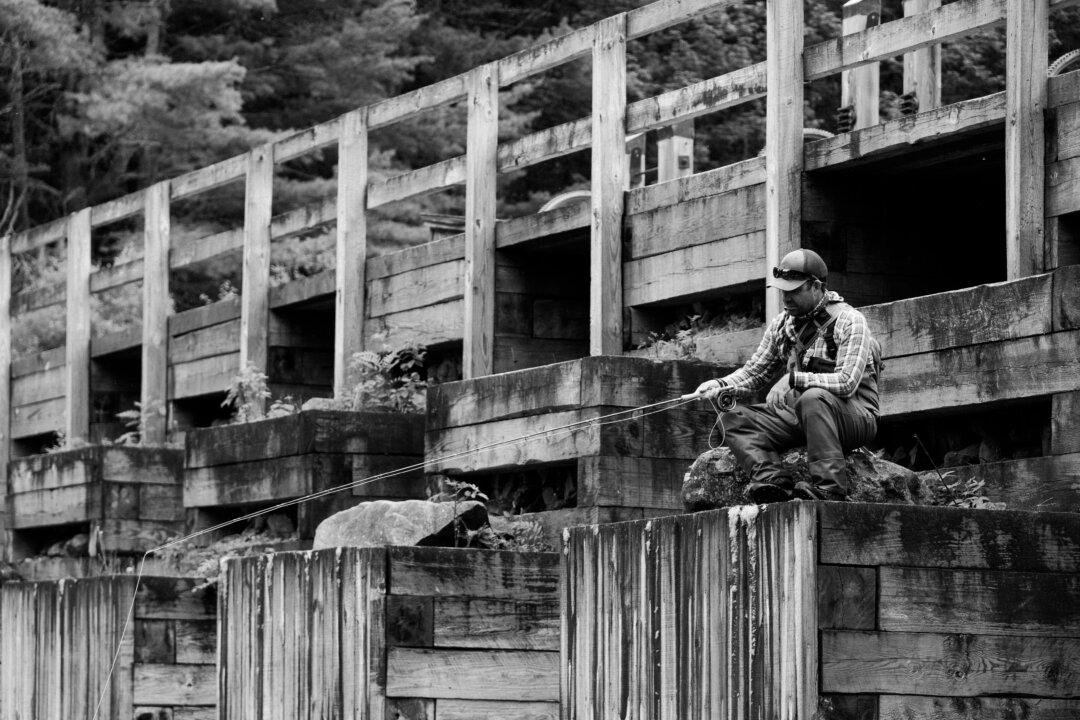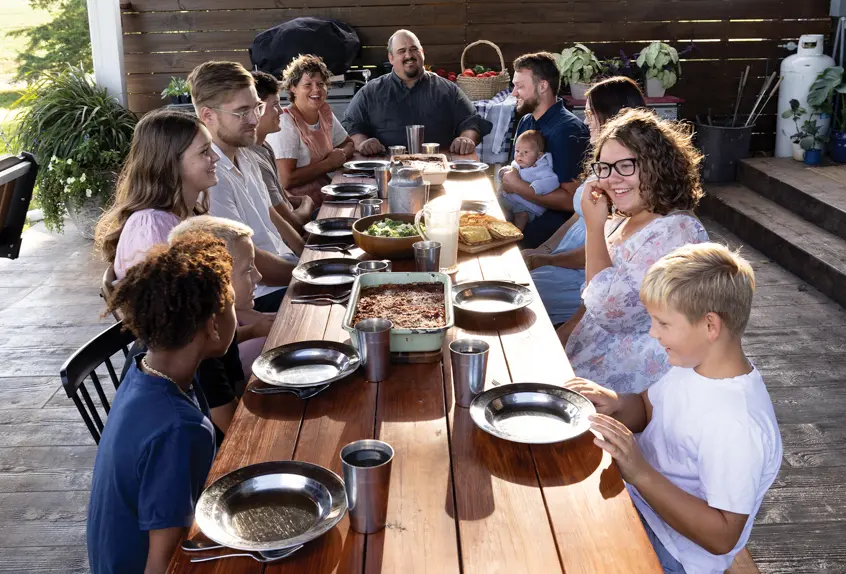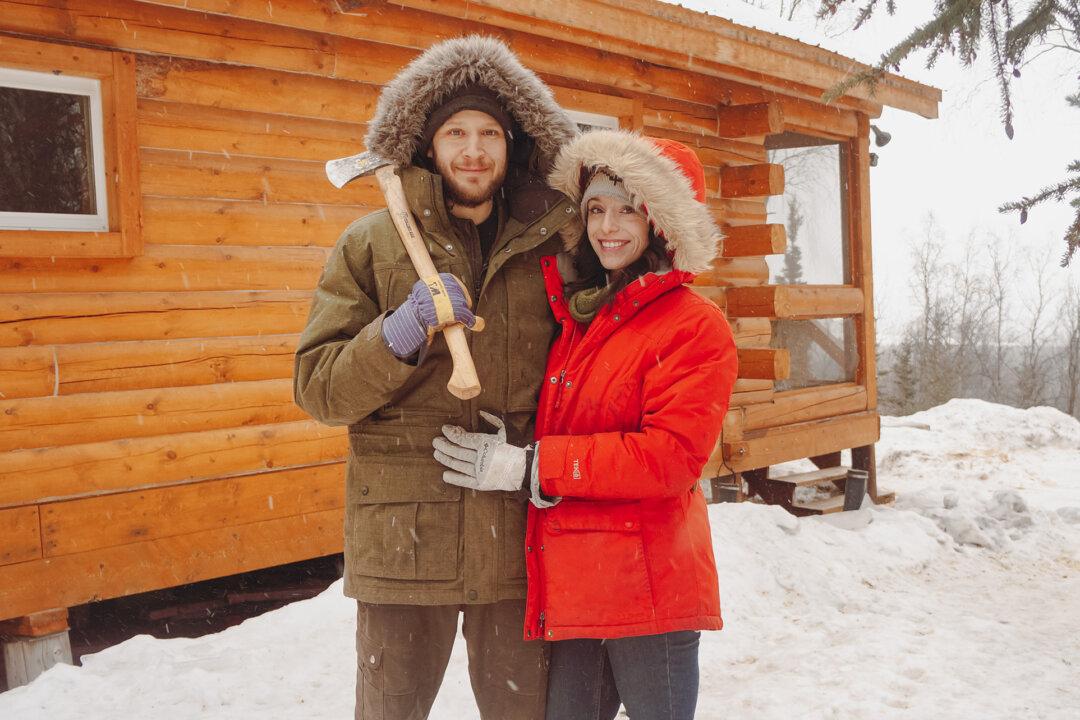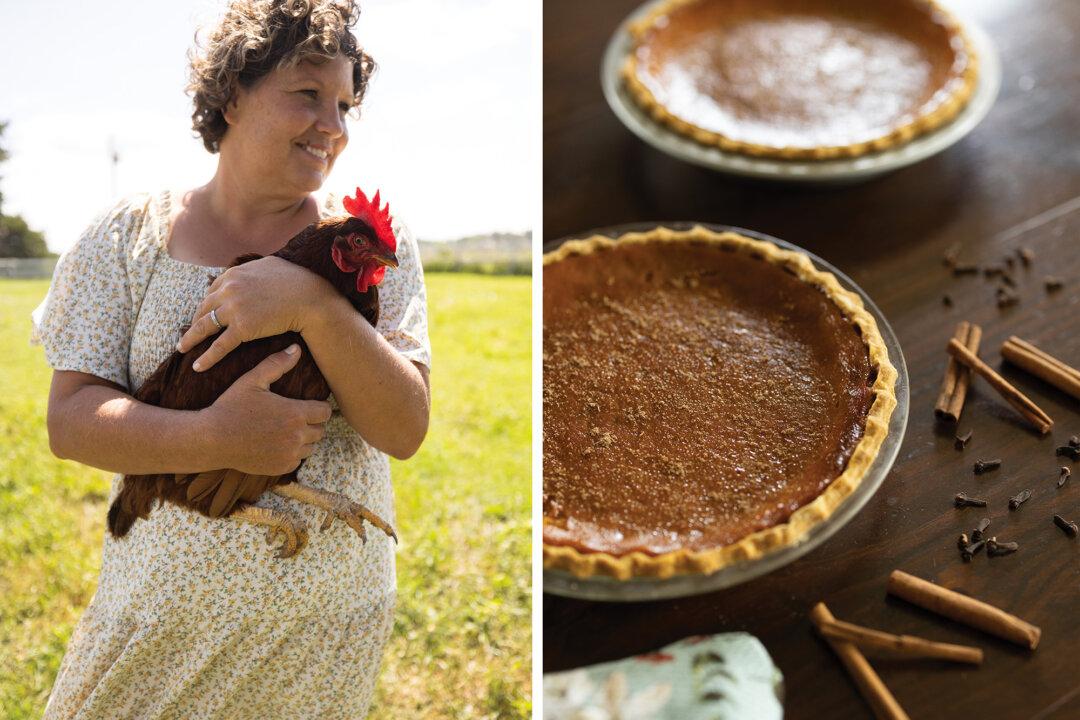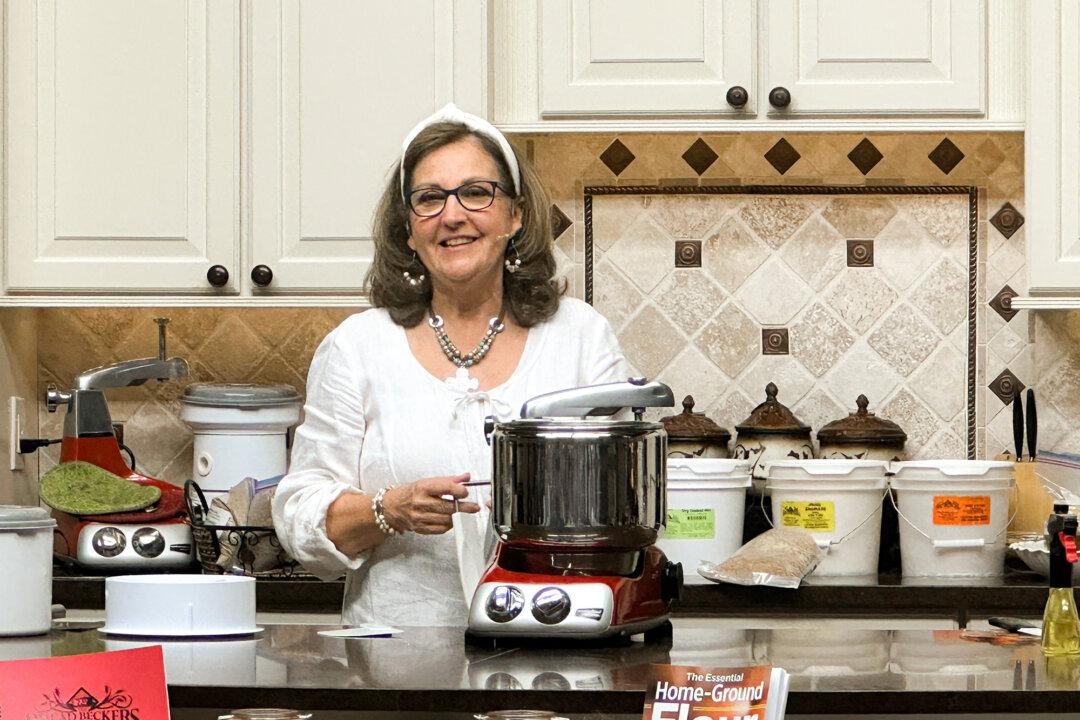The river is everywhere at the Maine Fly Company’s new brick-and-mortar shop, located on the third floor of a 19th century, red-brick mill in Yarmouth, Maine. Just outside the shop’s enormous windows runs the Royal River, a 39-mile waterway that stretches from Sabbathday Lake to Casco Bay.
The proximity to the water speaks to the aim of the company, founded in 2018. The goal, according to owner and founder Jeff Davis, isn’t simply to provide customers with top-quality, handcrafted, affordable fly rods, but to imbue every inch of them with a sense of where they were built: Maine.

